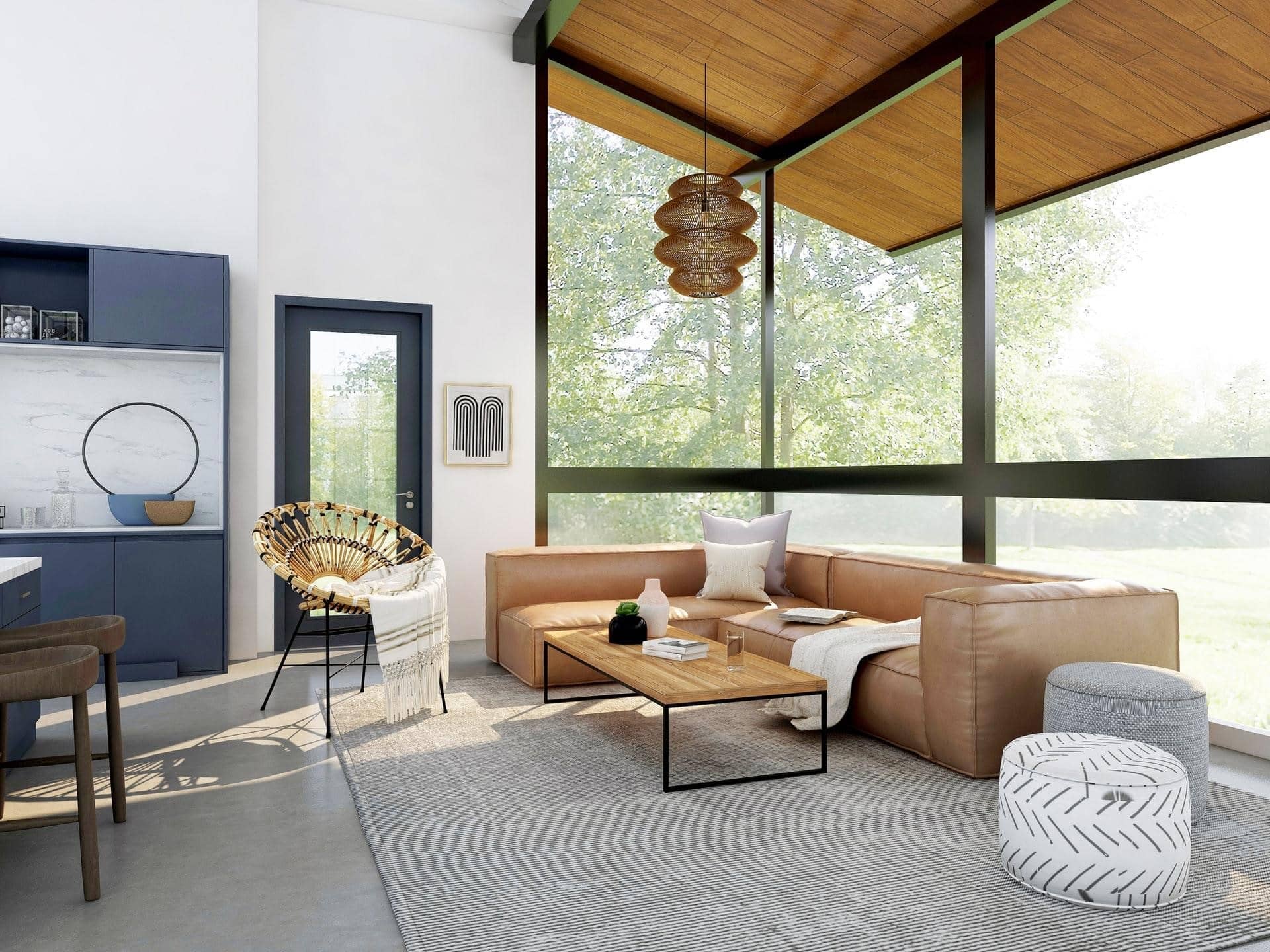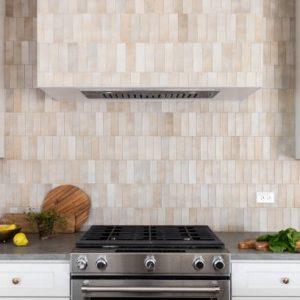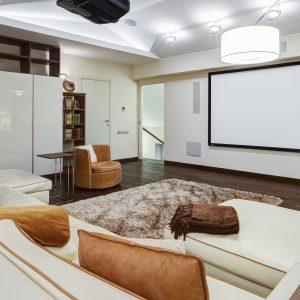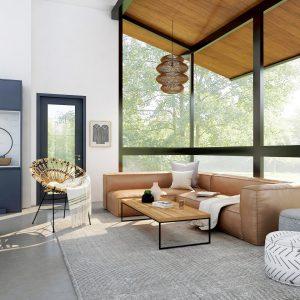Table of Contents
Some of us may be drawn to the contemporary interiors and the look of smooth lines, minimalist design, scare but well-thought-out decor, and uncluttered, airy spaces. Others, however, may lean towards the more classic design. They want their homes to feel warm and inviting which is usually achieved by incorporating traditional design elements from the past eras, abundant decor, various textures, and curved lines.
Then there are those who can’t decide between the two, and this is when the transitional style comes into play. A clever mixture of old and new, transitional style gives you the best of both worlds, allowing you to seamlessly blend the two very different styles into a cohesive whole and design a space that’s as sophisticated as it is welcoming.
Home decor trends to follow
Below, six easy ways to incorporate this home decor trend and upgrade your home’s interior design.
Create a serene backdrop using a neutral color palette
First things first, you want to lay the foundation for the rest of your home design, which means you’ll need to decide on the overall color palette. Generally speaking, neutrals are your safest bet, as they work for both modern and traditional interiors. Depending on your choice of neutrals, you can make your palette feel more classic or more contemporary. Whites, grays, and taupes are ideal for creating a calming backdrop, while blacks, dark browns, and midnight blues will add a touch of drama and just the right dose of contrast.
To help you decide on the palette, consider the mood you’re trying to create. Then, use the palette for everything from walls and flooring to furniture and decor, and then rely on pillows, flowers, paintings, and window treatments to bring hygge to your home and add pops of color to break the monotony.
Mix up the furnishings
Much like the transitional style itself, transitional style furniture is also a mixture of old and new. The idea is to choose pieces that differ in terms of silhouette, texture, shape, and material, and establish some sort of balance between them, ultimately creating a space that feels sophisticated, simple, and fresh.
Furnishings with round shapes and curved lines should be complemented with rectangular shapes and straight lines to create a balance between feminine and masculine elements. The design of the furnishings should be simple, free of ornate decoration as this will help create a more streamlined look that’s characteristic of contemporary spaces. Before you head to the furniture store, think of the ways you can upgrade the things you’ve already got. Both traditional and modern furnishings can be modified to fit transitional interiors, whether by reupholstering and/or repainting the furnishings or by updating parts of them (e.g. swapping out the old hardware).
Spice things up with textiles that add texture
Because you’ll be using a lot of neutrals, you’ll have to find a way to make your transitional interiors more exciting. While colorful accents can help with this, they can only do so much, and you’ll need to rely on textiles to spruce things up and add some texture.
This is something you can easily achieve with the help of carpets and rugs. Other than keeping your room grounded and tying all the elements together, they’ll compliment the overall room design while also serving a practical purpose. Whether you prefer colorful, patterned, or neutral ones, finding the perfect cozy underfoot for each of your rooms can be as easy as browsing through the gorgeous Miss Amara collection of rugs. Aim to introduce various fabrics (e.g. leather, metals, wood, and glass) and finishes (matte, shiny, etc.) and juxtapose them to create contrast and add depth to your decor.
Take things up a notch with impactful art and accessories
When it comes to decorating a home in the transitional style, you want to follow the motto “Less is more”. Art and accessories are best introduced in small doses and placed in a way that they serve as easy conversation starters. Because these decor pieces are seen as extras, you want to make sure that they’re meaningful and reflect your personality as well as your interests.
It’s best that you mix high and low decor, opting for artwork and accessories that exude a contemporary vibe (e.g. an abstract painting or a graphic print). Go big, choosing larger but more impactful pieces instead of multiple smaller ones, but make sure to use simple frames. Spruce things up with metallic accents (mirrors, chandeliers, etc.) here and there, but definitely focus on quality instead of quantity.
Create amazing focal points with statement decor pieces
As with every design style, transitional style interiors can definitely benefit from a couple of unique statement pieces, preferably something that’s traditional, vintage, or antique. It can be a beautiful side table or chairs you’ve found while searching your attic, a dresser or a mirror from a different era, or anything vintage finds you run into at your local thrift and antique shop. All of these are traditional pieces that can help transform your house on a budget and really elevate your interiors.
Sometimes, the pieces you find will be striking on their own. Other times, they may require some elbow grease so that their beauty can really shine through, whether that means reupholstering, repainting, or simply some waxing and polishing.
Add the perfect finishing touches with the right lighting
Lighting design is something that often gets overlooked, yet can contribute tremendously to the overall room design when done right. When it comes to transitional interiors, both modern and traditional lighting fixtures work perfectly fine.
You can also find some amazing transitional style fixtures. These tend to be more on the minimalist side, but they look very sophisticated and refined. They come in a variety of shapes, finishes, and colors, so finding something that fits your needs shouldn’t be a problem. Keep in mind that your choice of lighting fixtures will largely affect the overall atmosphere of the room, so choose wisely, and introduce them in layers for the best results.
Wrapping up
While it does incorporate a variety of traditional and modern elements, the transitional style is everything but chaotic and messy. Rather, it’s a design style that offers flexibility and uniqueness to those who seek sophistication and elegance in their homes while still retaining a sense of an uncomplicated and welcoming space. By introducing the transitional must-haves from the list above, you’ll manage to design interiors that are a mesh of contemporary and classic styles without having to choose between the two.





